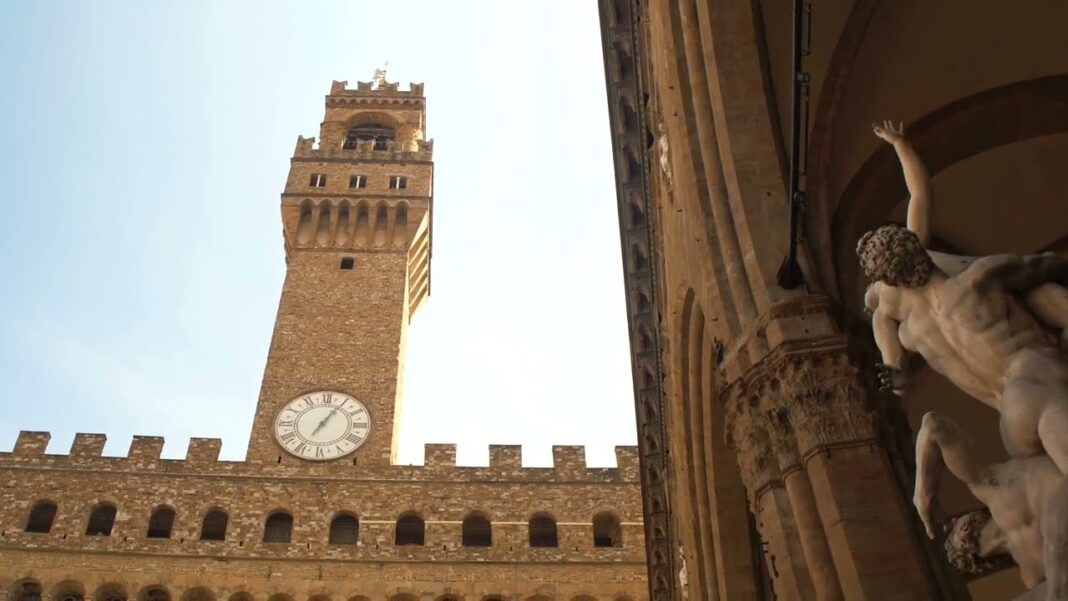Florence, the capital city of the Tuscany region in Italy, is renowned as the birthplace of the Renaissance movement and a hub for art and architecture. With its charming medieval streets, historic buildings, and world-famous museums, Florence is a must-visit destination for art lovers and architecture enthusiasts alike. This city has been a center of cultural and artistic excellence for centuries, attracting artists, architects, and tourists from all over the world. In this blog post, we will explore the rich history and significance of art and architecture in Florence.
Historical Background of Florence
The city of Florence was founded by the Romans in 59 BC and became an important center for trade and commerce due to its strategic location on the banks of the Arno River. After the fall of the Roman Empire, Florence was ruled by various dynasties, including the Medici family, who were great patrons of the arts. The Medici ruled over Florence during the Renaissance period, which saw a flourishing of creative and intellectual achievements.
During this time, artists and architects from all over Europe flocked to Florence, seeking inspiration and opportunities to showcase their talents. The city became a hub for innovation and experimentation, paving the way for new techniques and styles in art and architecture.
Importance of Art and Architecture in Florence

Art and architecture have played a crucial role in shaping the identity of Florence. The city’s rich cultural heritage can be seen in its magnificent artworks and iconic buildings, which have become symbols of the city’s legacy. The influence of art and architecture can be felt in every aspect of life in Florence, from its cuisine and fashion to its language and traditions.
Moreover, the art and architecture of Florence have had a significant impact on the development of Western civilization. The Renaissance movement, which began in Florence, marked a shift towards a more humanistic and rational approach to art and culture. It paved the way for the modern era, and its influence can still be seen in various aspects of our society today.
Famous Art Pieces in Florence

Florence is home to some of the world’s most famous art pieces, created by renowned artists such as Michelangelo, Leonardo da Vinci, and Botticelli. These masterpieces can be found in museums, churches, and public spaces throughout the city, each with its unique story and significance.
The Birth of Venus by Sandro Botticelli
One of the most iconic artworks in Florence is The Birth of Venus by Sandro Botticelli, housed in the Uffizi Gallery. This painting depicts the goddess Venus rising from the sea on a shell, symbolizing love and beauty. The use of vibrant colors and delicate details makes this artwork a true masterpiece of the Renaissance movement.
David by Michelangelo
Another famous artwork in Florence is the statue of David by Michelangelo, located in the Accademia Gallery. This larger-than-life marble sculpture portrays the biblical figure of David, representing courage, strength, and the triumph of good over evil. The intricate details and lifelike proportions of the statue make it one of the most celebrated works of art in the world.
The Last Supper by Leonardo da Vinci
The Last Supper by Leonardo da Vinci is a fresco painting located in the Church of Santa Croce in Florence. This iconic artwork depicts the last supper of Jesus Christ and his disciples, capturing the emotions and reactions of each individual in the scene. The use of perspective and lighting in this painting showcases da Vinci’s mastery of the Renaissance style.
Iconic Architectural Structures in Florence
In addition to its impressive collection of artworks, Florence is also home to some of the most iconic architectural structures in the world. These buildings not only serve as beautiful landmarks but also hold great historical and cultural significance.
Florence Cathedral (Duomo)
The Florence Cathedral, also known as Duomo, is one of the most recognizable landmarks in the city. This stunning cathedral was designed by Filippo Brunelleschi and features a magnificent dome that is considered a masterpiece of Renaissance architecture. The intricate details and grandeur of the cathedral make it a must-visit for anyone interested in architecture.
Ponte Vecchio
Ponte Vecchio, meaning “Old Bridge” in Italian, is an iconic stone bridge over the Arno River. It is lined with shops selling jewelry, souvenirs, and other goods, making it a popular tourist spot. The bridge also offers breathtaking views of the river and the surrounding buildings, making it a favorite spot for photographers and artists.
Palazzo Vecchio
Palazzo Vecchio, or the Old Palace, is a medieval fortress that has served as the town hall of Florence since the 14th century. This impressive structure is an excellent example of Gothic architecture, featuring a tall tower and decorative battlements. Visitors can explore the palace’s grand halls and admire its beautiful frescoes and sculptures.
Influence of Art and Architecture on Florence’s Culture and Tourism
The rich art and architectural heritage of Florence have had a significant impact on the city’s culture and tourism industry. The city’s cultural offerings attract millions of tourists each year, making it one of the most visited cities in the world. The presence of masterpieces by renowned artists and iconic structures adds to the city’s charm and allure, making it a dream destination for many.
Furthermore, the influence of art and architecture can be seen in the daily lives of Florentines. The city’s love for beauty and aesthetics can be seen in its exquisite fashion, delicious cuisine, and lively festivals. The appreciation for art and architecture is deeply ingrained in the city’s culture, making it a paradise for art enthusiasts.
Conclusion
In conclusion, art and architecture are integral to the identity and charm of Florence. The city’s rich history, its influential role in the Renaissance movement, and its stunning collection of artworks and architectural structures make it a must-visit destination for anyone interested in art and culture. Florence continues to inspire artists and architects from all over the world and will continue to do so for generations to come.

